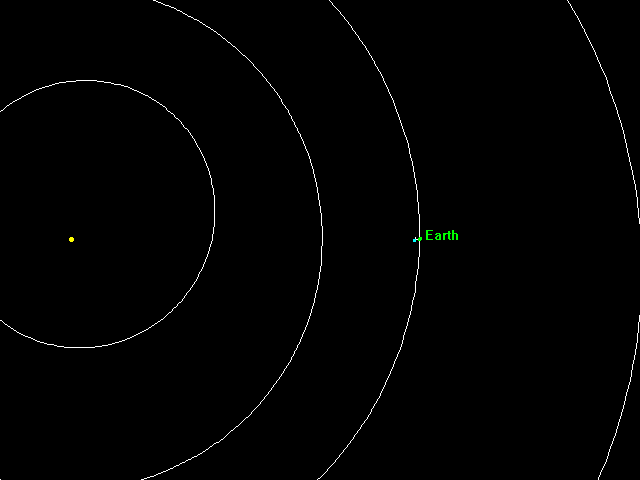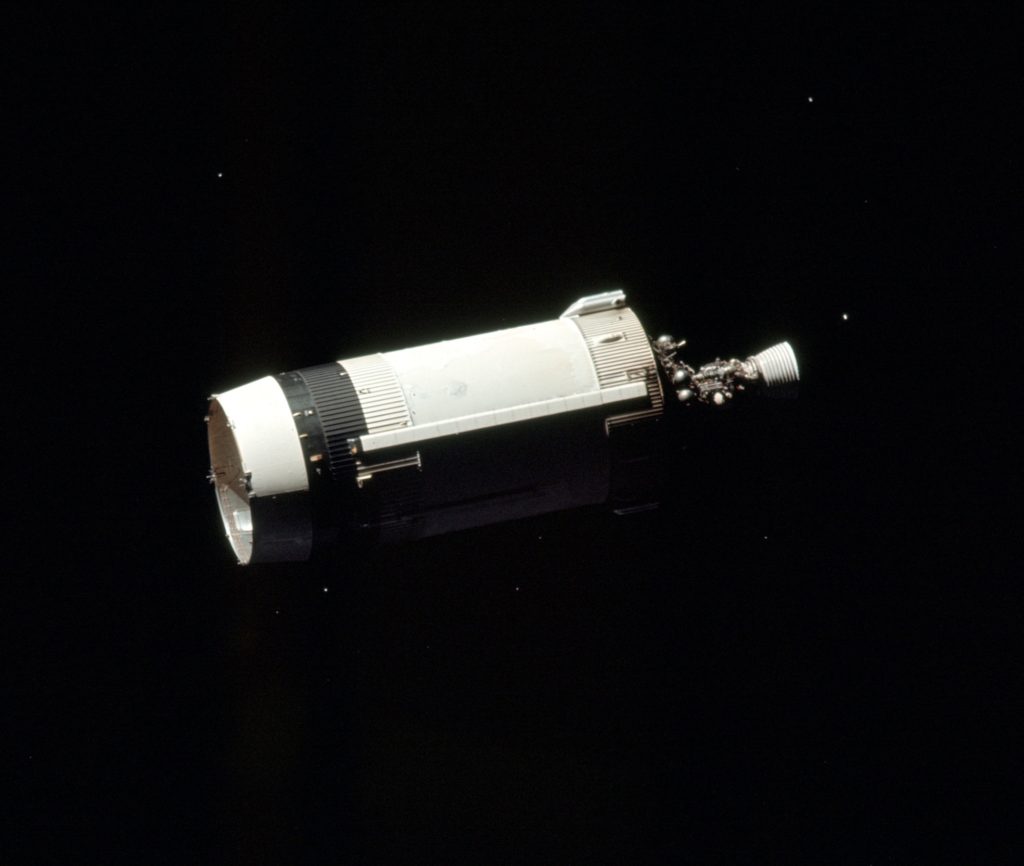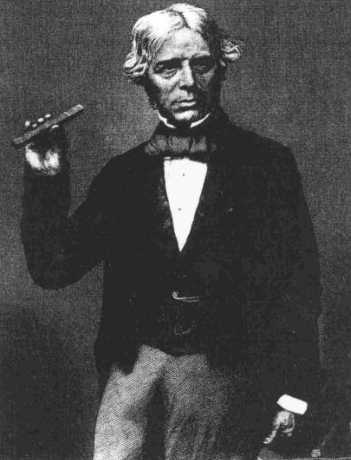In 2002, astronomers noted that the Earth acquired a new “moon,” dubbed J002E3. Such orbits are unstable in the long run, due to the likelihood of interactions with the Earth and Moon perturbing the orbit of such a small object. As observational data continued to accumulate, it became obvious that this object had some peculiar characteristics. It’s orbit was strongly perturbed by the pressure of solar radiation, indicating the object was not very dense.

As the object continued an elaborate dance of a half dozen orbits around the Earth and Moon, observations indicated light reflected by the object was consistent with the spectral characteristics of white paint, black paint, and aluminum.

Although the orbital motions and interactions with solar radiation make the object’s orbit too chaotic to trace with a high degree of certainty, backtracking its orbit led to the conclusion that it had last been in the vicinity of the Earth in 1971. Scientists believe the object is the missing third stage of Apollo 12.
After a half dozen orbits of the Earth, a close pass with the moon perturbed the object back into a heliocentric orbit around the sun. Scientists estimate another close approach sometime in the 2040’s.



One thought on “Welcome Home Apollo 12”